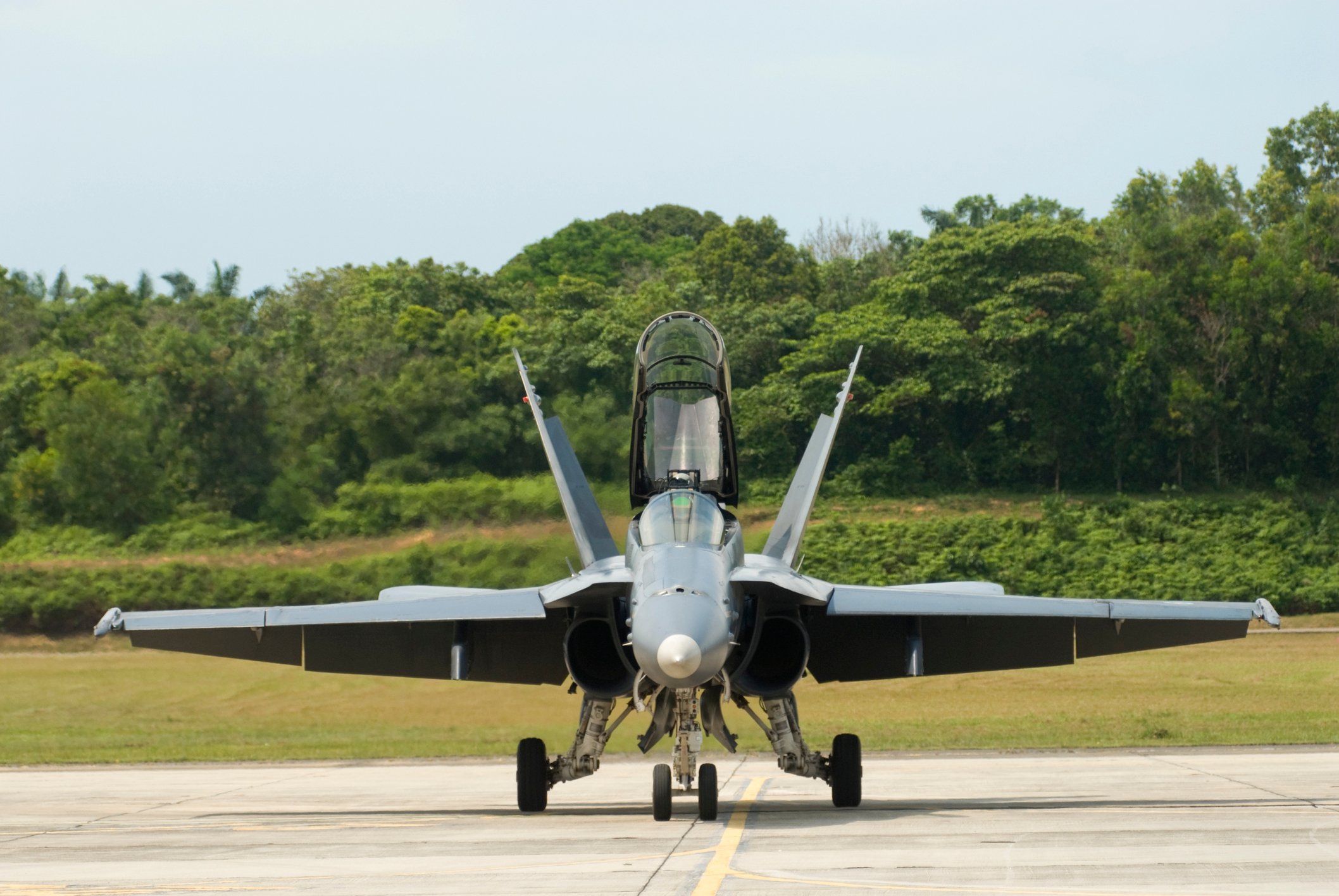For the better part of a decade, the U.S. Navy has been developing military drones -- helicopter based drones, airplane-sized drones, and of course smaller-than-airplane-sized drones as well -- so as to transform every ship in the fleet into a sort of drone aircraft carrier.
It's had some successes, notably with Northrop Grumman's (NOC +0.23%) MQ-8 Fire Scout and TERN drone aircraft, and it hired Boeing (BA +2.12%) to build it dozens of MQ-25A Stingray drone refueling tankers. The effort remains all rather ad hoc, however, and America's naval aviation forces remain for the most part a piloted fleet.
Meanwhile, on the other side of the ocean, China just built the world's first drone aircraft carrier.

Image source: Getty Images.
What's a drone aircraft carrier?
For a first-of-its-kind vessel like this, I should probably make these terms precise. As Naval News reported last week, what China has built at the secretive Jiangsu Dayang Marine Shipyard, located on the Yangtze River, several dozen miles inland from the East China Sea, is not a remote-controlled vessel that launches aircraft. Rather, it's a crewed vessel that launches remote-controlled aircraft.
These are the "drones" that the drone carrier will carry.
Naval News notes that China already possesses three traditional aircraft carriers, one purchased from Ukraine and extensively refitted, followed by two more that were locally built. China's fourth carrier is an entirely different beast. While it was built in secret (it actually appears to have first slipped into the water in 2022, but only just now been noticed), and still under study by U.S. analysts, a few things are already apparent.
First, the new drone carrier is much smaller than the aircraft carriers that launch piloted airplanes -- "approximately one third the length and half the width of a U.S. Navy or Chinese Navy (PLAN) super carrier," says Naval News, and similar in size to a WWII-era escort carrier. This would imply China's drone carrier is roughly 500 feet in length, 100 feet across at its widest point, and displaces perhaps 10,000 tons. In contrast, America's new Ford-class supercarriers displace 100,000 tons -- 10 times the size of China's new drone carrier.
Second, and curiously, the drone carrier is built not on a traditional monohull design, but as a catamaran -- two hulls, with a large flight deck (capable of launching Predator-sized drones) carried between them. It's not entirely clear why China would have chosen this approach, but Naval News notes that the vessel "does not appear designed to support high tempo or prolonged flight operations," suggesting the vessel may be cheaply built, and intended either for experimental use or as a sort of cheap, expendable launch platform.
This would make even more sense if, hypothetically, China intends both the drones and the carrier that carries them to be remote-controlled, and not expected to survive combat.
Who else is building drone carriers?
China is the first country known to have purpose-built a drone carrier -- but it won't be the last. Turkey and Iran, for example, are both said to be building their own versions of such vessels. Indeed, earlier this year Marine Traffic reported that Iran was converting a 24-year-old containership known as the "Sarvin" into a drone carrier to be christened "Shahid Bagheri," planning to outfit it to launch long-range fixed-wing drones.
But the list ends there.
China itself seems optimistic enough about this project that Newsweek reports it's already building a second, larger vessel, described as a type 076 landing helicopter dock, which may also be intended for drone operations. In contrast, neither the United States, Britain, France, or no other Western navy has yet even begun building drone carriers of their own.
A crisis and an opportunity
But should we be? While hypothetical at this point, it's easy to imagine the advantages drone aircraft carriers could provide a hostile navy -- the ability to project air power across vast distances of ocean, cheaply (because drones are relatively cheap) and without fear of casualties. It's easy to imagine a situation in which every ocean in the world could be transformed into a sort of present-day Red Sea situation, always vulnerable to drone strikes.
Faced with this prospect, it's also easy to imagine the U.S. Navy feeling pressure to respond by buying some drone aircraft carriers of its own.

NYSE: HII
Key Data Points
In such a situation, the Navy would logically turn to Huntington Ingalls (HII +0.83%), its sole builder of aircraft carriers today. (Huntington is also, incidentally, quite a cheap stock, trading well below the traditional one-times-sales valuation of U.S. defense contractors.) Similarly, the Navy would probably accelerate purchases of naval drone aircraft for these American drone carriers to carry. Boeing and Northrop Grumman stocks aren't as cheap as Huntington, selling for 1.4 and 1.7 times sales, respectively. Nevertheless, they're currently the leaders in this space, and would be the most logical beneficiaries of a drone aircraft carrier construction initiative, if the Navy does go this route.
I'm not saying this will happen, although I think it probably should. I'm not even saying that Huntington Ingalls, Boeing, and Northrop are the only stocks that will benefit from it if it does. (In fact, there are two other drone companies you should probably keep an even closer eye on.) But if you believe as I do that drone aircraft carriers will become the next big thing in military shipbuilding, and want to invest in this, these three defense stocks are a good place to start.






